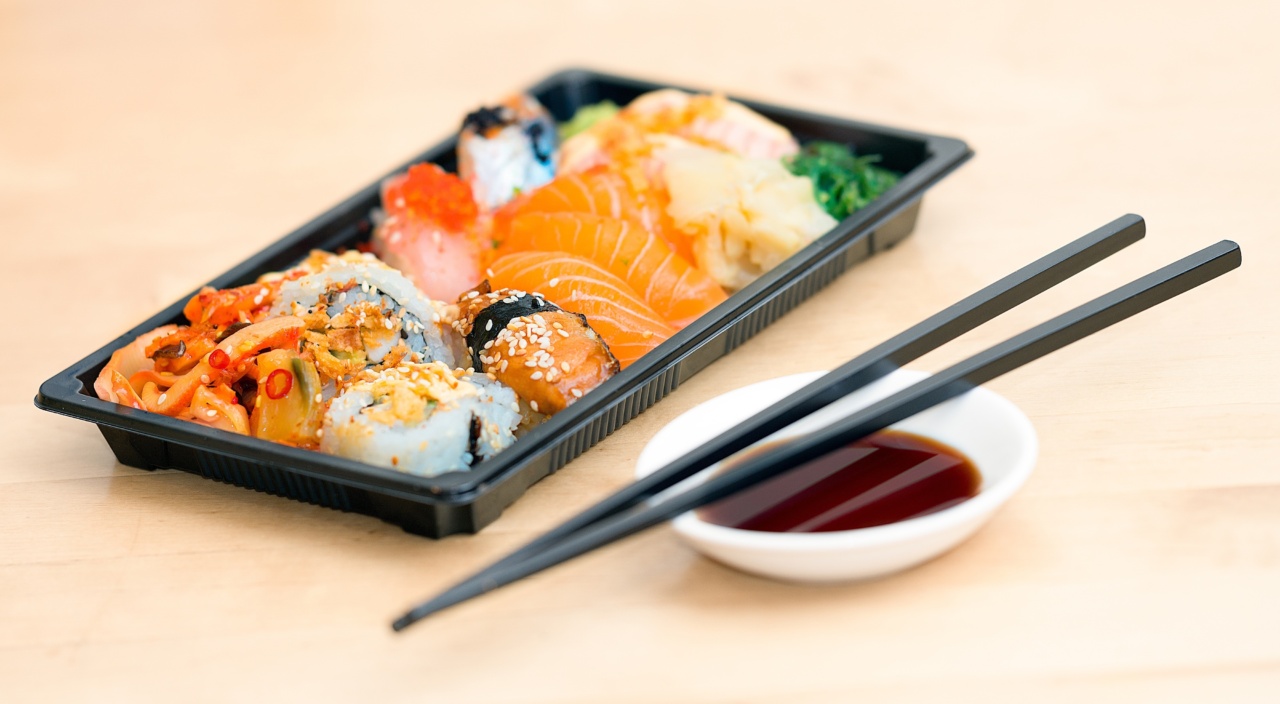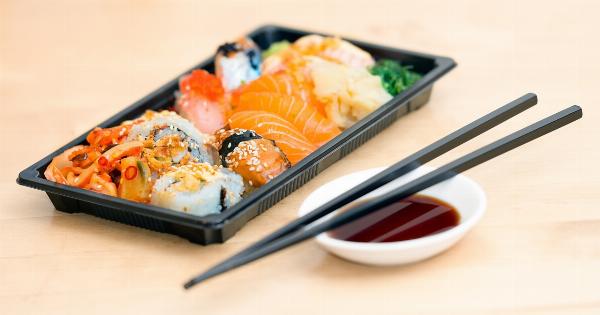Seafood is a delicious and nutritious addition to any diet. It is packed with essential nutrients such as omega-3 fatty acids, vitamins, and minerals that promote heart health, brain function, and overall well-being.
However, not all seafood is created equal. With concerns about pollution and overfishing, it has become crucial to make informed choices when selecting seafood. By following the do’s and don’ts outlined below, you can ensure that you are eating safely and responsibly.
Do’s of Choosing Healthy Seafood
1. Opt for Sustainable Seafood: Choose seafood that has been sourced sustainably. Look for labels or certifications such as the Marine Stewardship Council (MSC) or Aquaculture Stewardship Council (ASC).
These certifications ensure that the seafood is caught or farmed in an environmentally friendly manner, minimizing harm to the ocean ecosystem.
2. Know the Source: Familiarize yourself with the source of the seafood you are purchasing. Prefer locally sourced seafood whenever possible, as it reduces the carbon footprint associated with transportation and supports local fishermen.
3. Check for Freshness: Fresh seafood should have a mild oceanic smell, firm flesh, and bright, clear eyes. Avoid seafood with a strong “fishy” odor, slimy texture, or dull eyes, as these are signs of spoilage.
4. Consider Mercury Content: Some fish, such as swordfish, shark, and king mackerel, are known to have higher levels of mercury. Limit your consumption of these fish, especially if you are pregnant, nursing, or have young children.
Instead, choose low-mercury seafood options like salmon, trout, and sardines.
5. Choose Wild-Caught Fish: Wild-caught fish tend to have a higher omega-3 fatty acid content compared to their farmed counterparts. These healthy fats are beneficial for heart health and brain function.
6. Get to Know Lesser-Known Species: Expanding your seafood repertoire beyond popular options like salmon and shrimp can reduce the strain on these heavily fished species.
Explore lesser-known seafood like mackerel, herring, and squid, which are equally nutritious and often more sustainable.
7. Consider Nutritional Benefits: Different types of seafood offer various nutritional benefits.
For example, oily fish like salmon and sardines are rich in omega-3 fatty acids, while shellfish like oysters and mussels are packed with iron and other essential minerals. Vary your seafood choices to obtain a wide range of nutrients.
8. Support Responsible Fishing Practices: Choose seafood from fisheries that employ responsible fishing practices, such as using selective fishing gear, reducing bycatch, and minimizing habitat damage.
This helps protect marine biodiversity and ecosystem health.
Don’ts of Choosing Healthy Seafood
1. Don’t Buy from Illegal Sources: Avoid purchasing seafood from illegal or unregulated sources. These sources often engage in unsustainable and destructive fishing practices, compromising the health of our oceans.
2. Stay Away from Overfished Species: Overfishing depletes fish populations and disrupts the delicate balance of marine ecosystems.
Avoid consuming seafood that is classified as overfished, such as Atlantic bluefin tuna, Chilean sea bass, and certain types of shrimp.
3. Avoid Processed Seafood: Processed seafood products like fish sticks, fish patties, and fish cakes often contain additives, preservatives, and high levels of sodium. These added ingredients can negate the health benefits of seafood.
Opt for fresh or frozen seafood instead.
4. Say No to Poor Quality: Seafood that has been mishandled, stored improperly, or past its expiration date can pose a food safety risk. Always check the quality and freshness of seafood before purchasing or consuming it.
5. Minimize Raw Seafood Consumption: Raw seafood dishes like sushi and sashimi are delicious but come with a risk of foodborne illnesses. If you choose to consume raw seafood, make sure it is from a trusted source with strict hygiene practices.
6. Don’t Ignore Environmental Impact: Some fishing methods, such as bottom trawling and dynamite fishing, cause significant harm to marine habitats and ecosystems. Avoid seafood sourced through these destructive methods.
7. Steer Clear of Seafood with Added Hormones or Antibiotics: Certain farmed seafood, particularly shrimp and salmon, may be treated with hormones or antibiotics. These additives can have negative health effects and contribute to antibiotic resistance.
Look for organic or antibiotic-free seafood options.
8. Don’t Overlook Local, Seasonal Seafood: Seasonal seafood is often fresher, more flavorful, and more sustainable.
By choosing local, seasonal seafood, you can support your community’s fishermen and reduce the environmental impact of long-distance shipping.
Conclusion
Eating seafood can be a healthy and sustainable choice, but it requires informed decision-making.
By following the do’s and don’ts of choosing healthy seafood, you can enjoy the nutritional benefits of seafood while minimizing your impact on the environment. Remember to opt for sustainable seafood, know the source, check for freshness, and consider nutritional benefits. Avoid seafood from illegal sources, overfished species, and processed options.
By making conscious choices, you can eat safely and contribute to the conservation of our oceans.




























